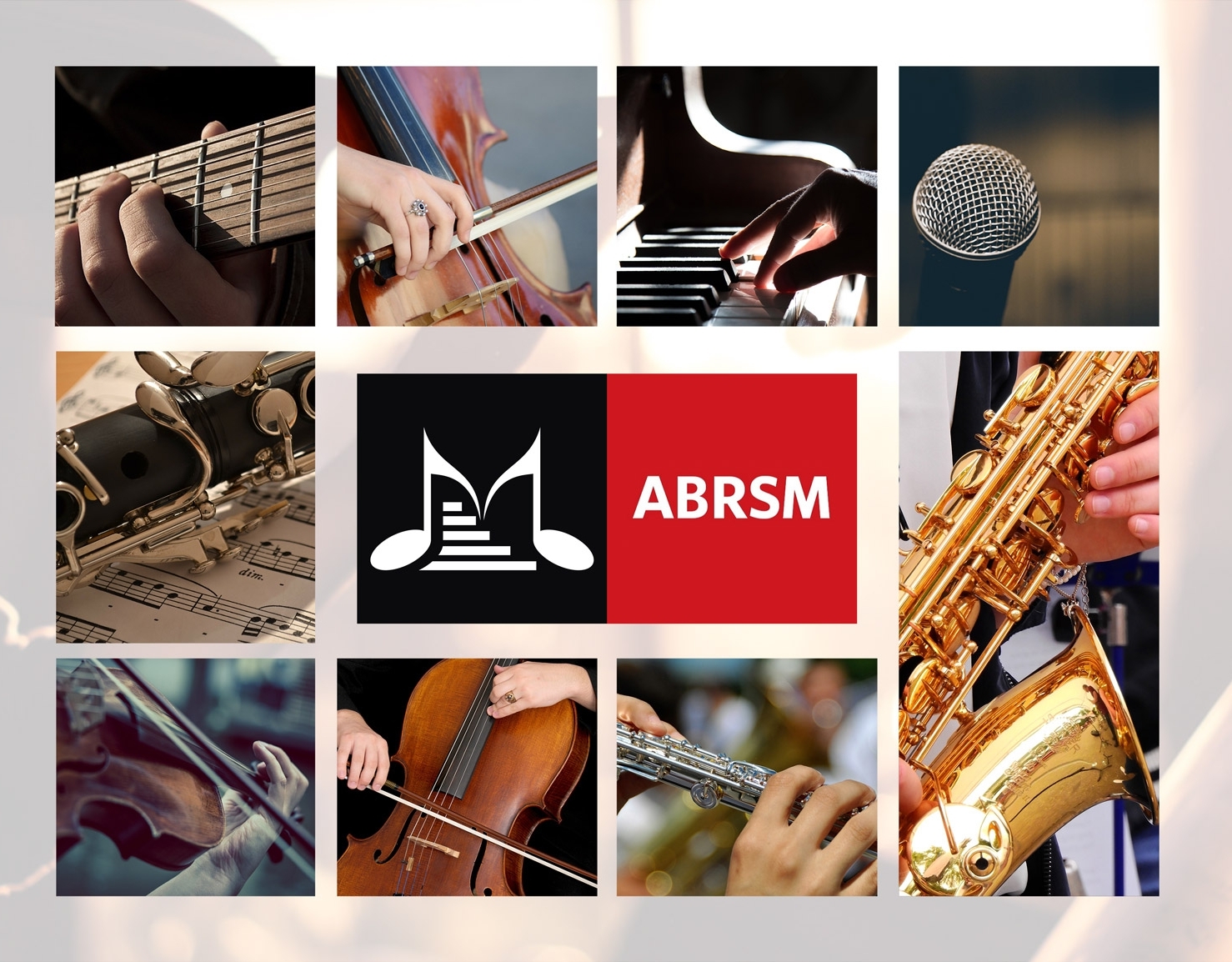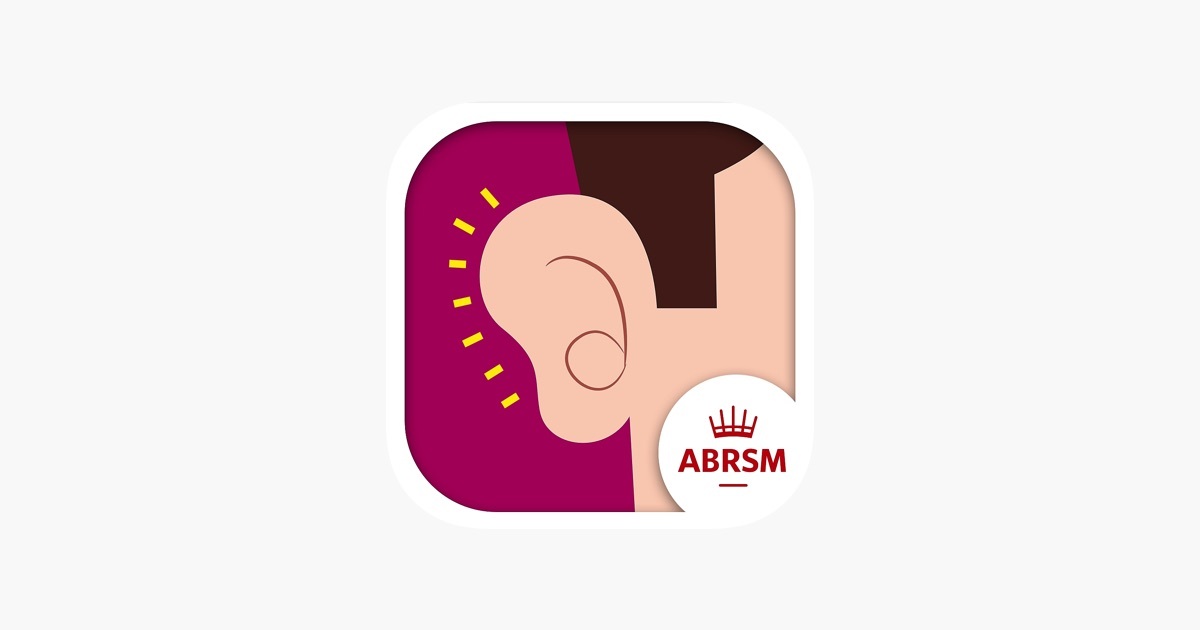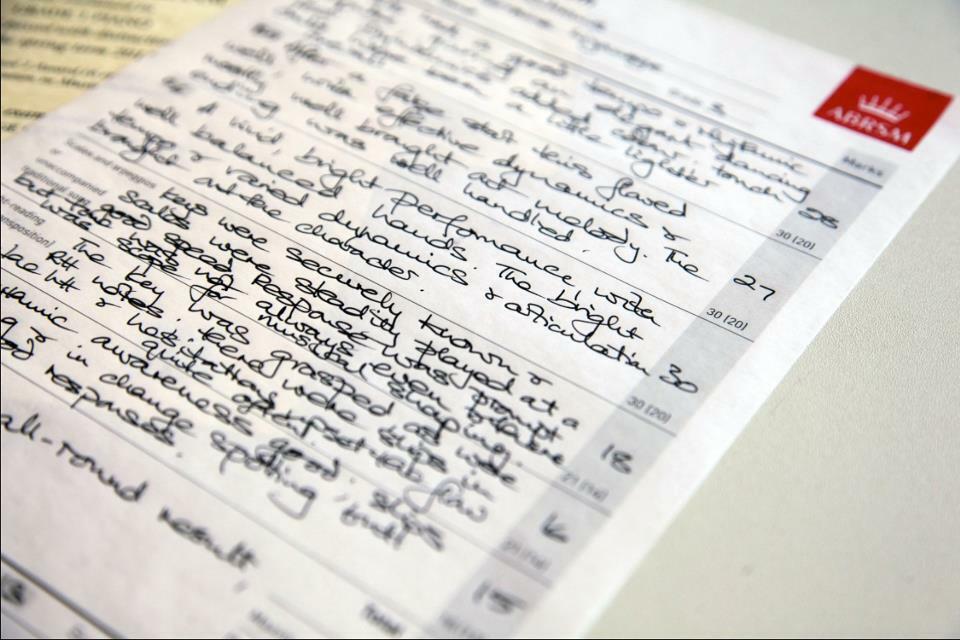
As we introduced in the last blog, Saxophone's Abrsm test is divided into many steps, and it is not just to practice the assigned track. Abrsm requires that studentslearning to play musical instruments can have a more comprehensive and multi-dimensional knowledge of music, rather than simply practicing basic music skills or rhythms. Therefore, every candidate needs to prepare for listening tests, scales and arpeggios, and prescribed repertoire. Therefore, we must conduct a more comprehensive study and choose more professional teachers to guide us when we learn about saxophone.
In our daily study of saxophone, we must have some knowledge of scales, music and other exercises, but have you ever did a music listening test? Do you know what a music listening test is? According to the official requirements of the Abrsm, the full score of the listening test is 18, and 12 is passed.
Listening test and scoring criteria:
Many students may not have been exposed to listening tests or even heard of them before, but for many professionals, the study of music listening has already become a necessary link. In Abrsm, the examiner will mainly test the examinee's listening skills and musical sense, and everyone will carry out targeted training and learning.
The whole listening test will focus on pitch, rhythm, beat, melody, harmony and various music knowledge. Therefore, we must cultivate good hearing ability in daily music learning. During the examination, the accuracy of the answers, the sense of music and musical accomplishment, and the self-confidence of the candidates will all become the criteria for the examiner to score.

What should I prepare for the listening test in Abrsm? How will the examiner conduct the test in the examination room?
In the saxophone Abrsm test, different levels have different requirements for listening tests, and even different levels have different assessment items. According to the official examination requirements, the types of examination questions at levels 1-3 are the most similar. The types of examination questions at levels 4-5 will change and the types of questions will be improved. The examination questions at levels 6-8 will be more difficult, and even have music form analysis and other questions.

If we take the third grade test as an example, let's introduce saxophone's listening test in detail:
Test 3A: Beat time
The examiner will say: I'm playing a melody now. You should join the beat as soon as possible, and the strong beat should be heavier.
At this time, the examinee should beat lightly, the earlier the better, and should start to join in the strong beat. Then the examiner will ask: Is it two, three or four?
Test 3B: Sing short sentences
The examiner will say: I will play three short sentences now. After each sentence, you should sing it as a response. Keep up with the beat. Then the examiner will play the main chord and tonic, and tell the examinee the speed and beat. This test will be carried out continuously, and the examiner will not play it again. Every time the examiner finishes, the examinee must immediately sing it in response to the beat. Candidates can sing, hum or whistle "la".
Test 3C: Distinguish changes in rhythm or melody
The examiner will say: I will play a melody twice and change it the second time. You should tell me how to change? Then the examiner will play the main chord and tonic, and tell the examinee the speed and beat. After the examiner finishes playing, the examinee has better answer immediately. The answer process can be divided into: what change (rhythm or melody), where to change (beginning, middle or end), and how to change (the first time —, the second time —)
If the examinee fails to answer continuously, what changes may the examiner prompt? Beginning, middle, end, or first section, second section? May also prompt faster or slower? Higher or lower? If needed, the examiner will play these two sentences again.
Test 3D: Distinguishing Musical Features
The examiner will say: I'm playing a piece of music now. You should listen carefully and then answer questions about this piece of music. Note: The examiner will only ask one or two questions. Before playing, you will explain which one or two items are to be tested; Therefore, you must understand the scope of each level of examination. If needed, the examiner will play the whole song or any part of it.
The test items of saxophone 4-8 listening test will be different, and the specific test items will be detailed below. I hope you can take every step of Abrsm seriously and pass the test successfully!
Grade 4-5:
Test A: Listen to singing or playing
Test B: Look at the score and sing the pitch
Test C (i): Identifying musical features
The scope of this level includes contrast (p/f), volume change (gradually stronger/weaker), pronunciation (staccato/smooth play), speed change (gradually slower/faster), and major/minor harmony characteristics.
Test C(ii) :Beating rhythm
The examiner will choose a short sentence from the music played just now and play it twice; The examinee should clap the rhythm and say it is two, three or four beats.
Grade 6-7
Test A: Melodic Memory
Test B: Solfeggio Quiz
Test C: Termination Quiz
Test D: Music Comprehension
Grade 8:
Test A: Three part Melody Memory, Termination and Chord Position
Test B :Solfeggio Quiz
Test C :Transposition Test
Test D :music comprehension (After the examiner plays a piece of music, discuss the characteristics of music with the examiner.)



